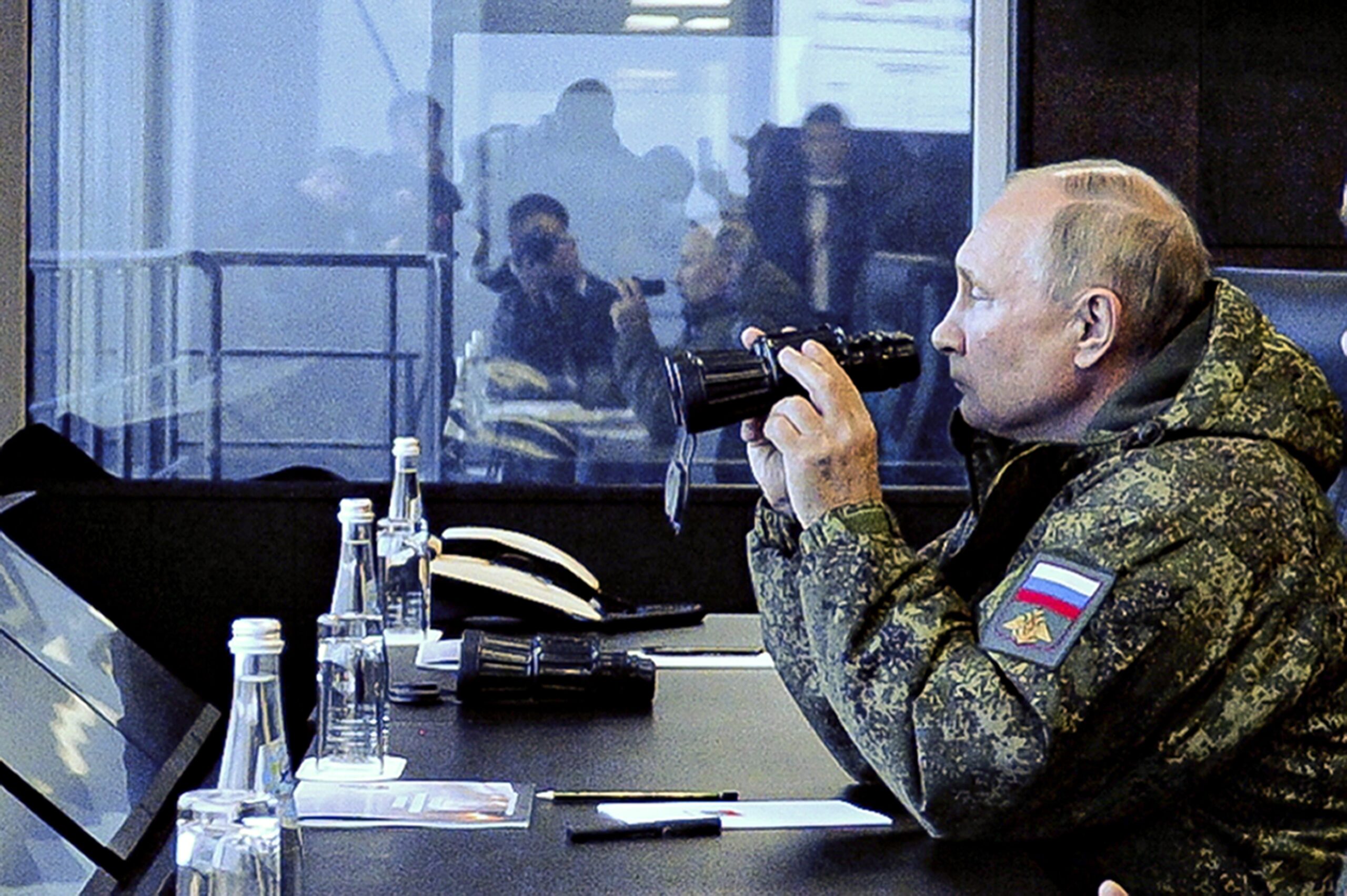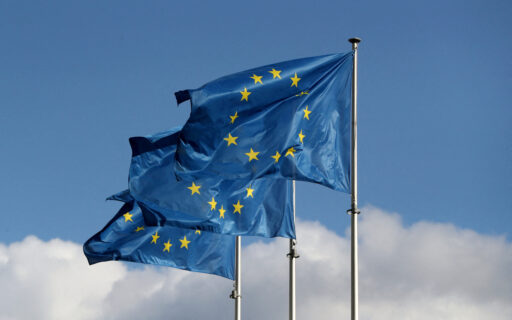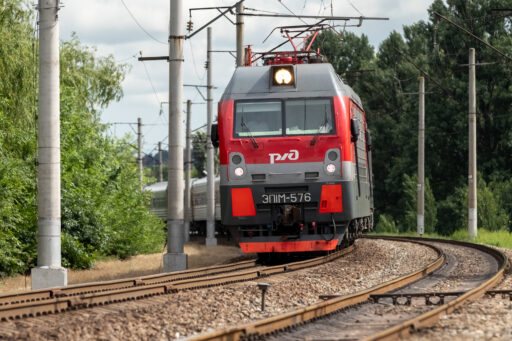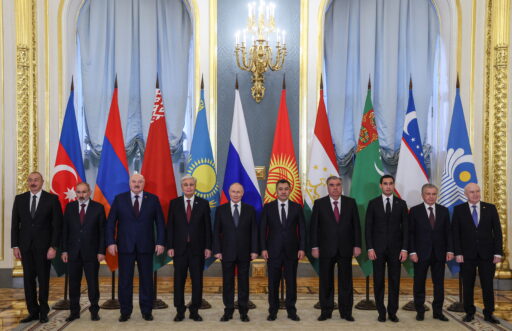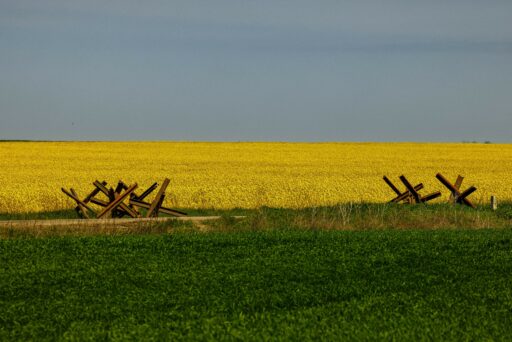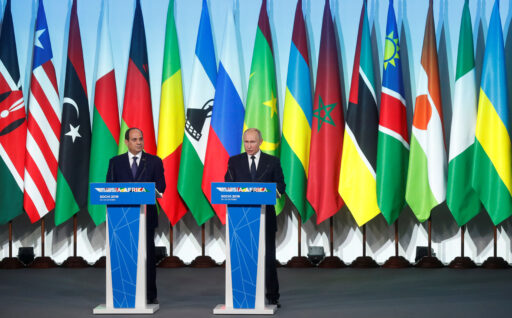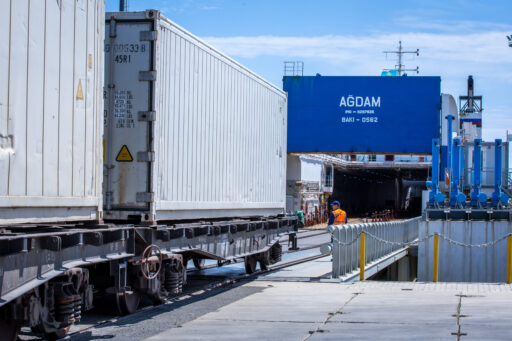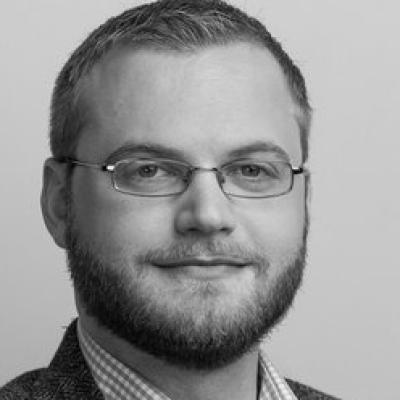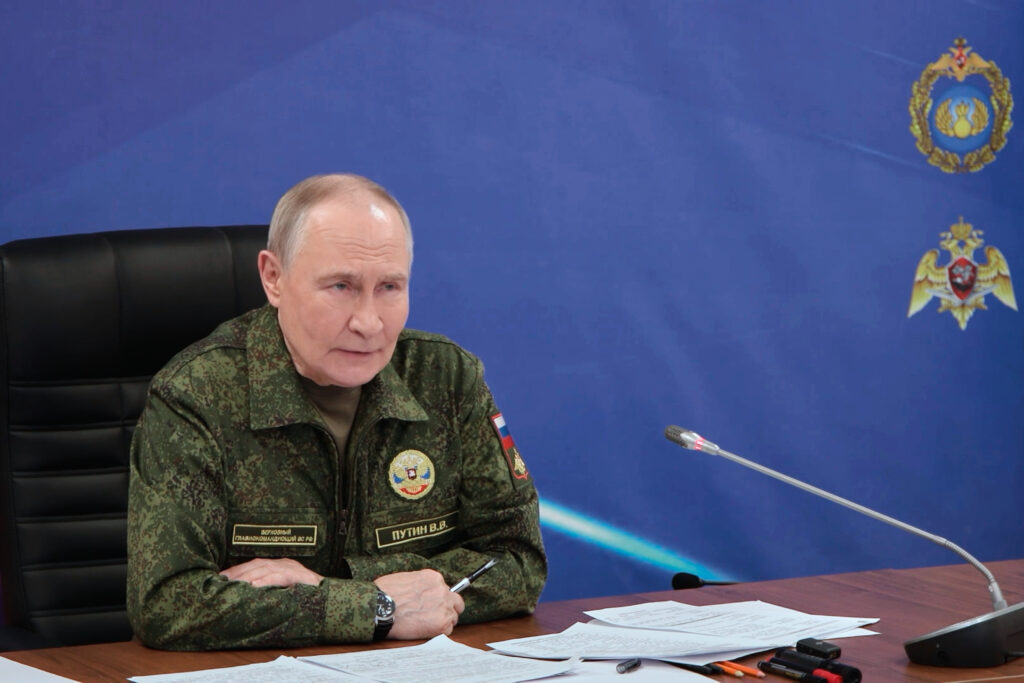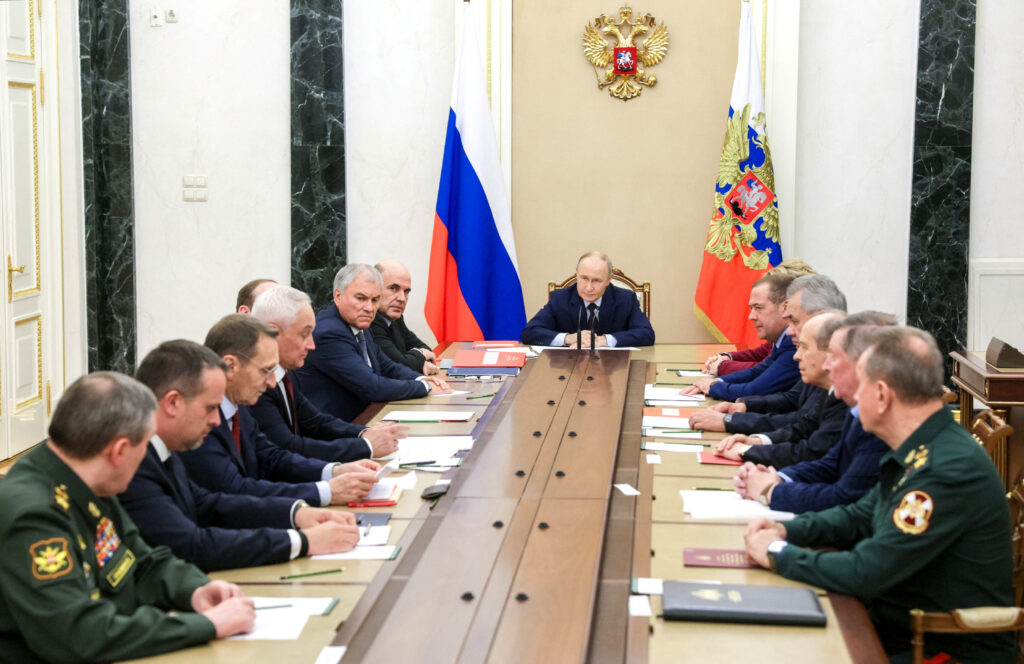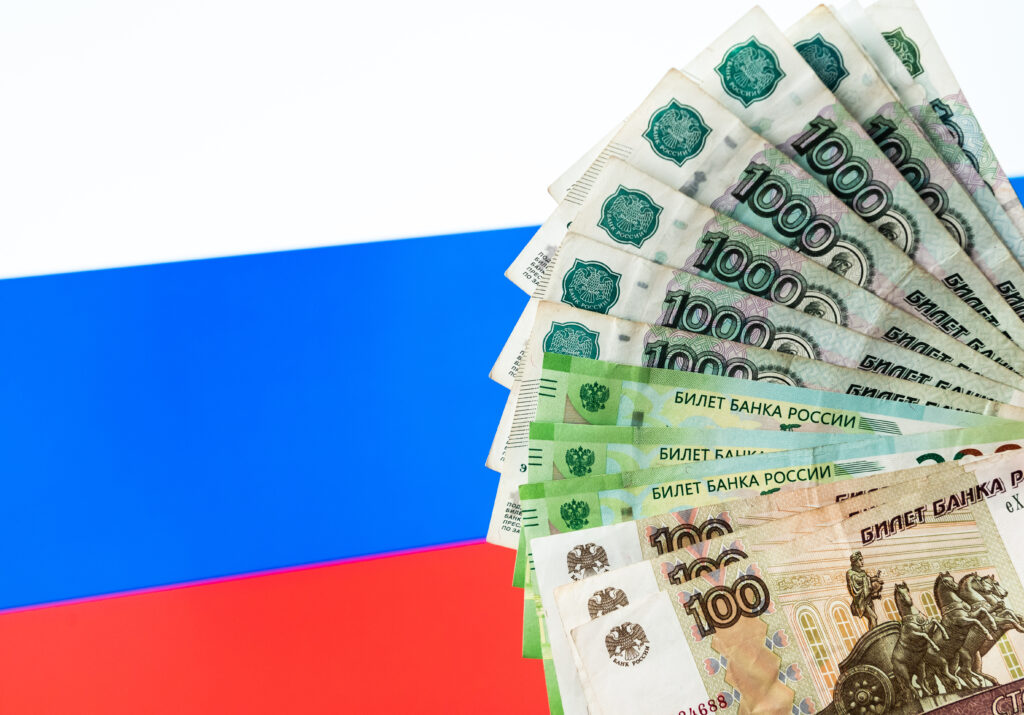Russia’s wartime dictatorship is nearly three years old, the most recent evolution in the country’s two and half decade experience with authoritarian rule under President Vladimir Putin. Yet this is hardly dictatorship simpliciter. Even in Russia’s current extraordinary state of exception, parliament, courts, elections, and multilevel governance have remained to contour Russia’s institutional architecture. This complex and layered ecosystem of political and state institutions provide official positions within which the country’s elites find offices, exercise political influence, and hold formal policy or decision-influencing privileges. Even dictatorship is more complicated in Russia, it seems.
Putin has never prorogued parliament, dissolved the constitutional court, or shuttered any institution with formal powers. Nor are the ministries, agencies, commissions, and executive councils simple ‘transmission belts’ from the top-down. Instead, the dictatorship sits proudly atop a sprawling and interlocking web of important political and state bodies, many of which exercise considerable policy and decision-making discretion that is constantly managed and coordinated both vertically and horizontally. As my new book, written with Nathan Brown, Steven Schaaf, and Samer Anabtawi, suggests, even in highly authoritarian regimes state institutions can maintain meaningful places in the schema of autocratic order.
Indeed, Russia’s extensive, formal institutional ecosystem has now been supplemented by a host of other politically-relevant entities, from religious establishments to high-level elite council bodies to the military and security services. There is no democracy in Russia today, but the state, and politically-influential bastions within and alongside it, exist in plenty.
What makes Russia a personalist dictatorship is not the absence of institutional complexity, but rather the sole authority of its leader to decide the exception, the utter lack of constraint on the executive, and the absence of a succession plan via institutions. After Putin there is only regime uncertainty and the potential for elite dissension and disorder — from which a stable political order will need to be reestablished and rearticulated. Yet a clear hierarchy of power exists, not only informally through a close circle of high elites and clientelistic relations, but through a layered imperium of politically-relevant, but explicitly subordinate, institutions that will have considerable weight in complicating and influencing a post-Putin world.
Building Out Russia’s Authoritarian Institutional Hierarchy
Until Putin’s return to the presidency in 2012, Russia was characterized politically as a mix of formal democratic institutions and de facto internal authoritarian content. From 2012 through to the immediate pre-war period of the 2020 constitutional amendments and the COVID-19 crisis, formal institutions remained, but the character of the regime grew more ideological and the space for public dissent dwindled. In some cases, such as the Constitutional Court or the State Duma, it should be noted, such institutions even found increased influence in politics, if only for a time and across certain specific dimensions of policy and agenda-setting.
Even so, the 2010s also saw the president further centralize authority in his person and in the Presidential Administration (PA). The ruling party became gradually less critical to the regime as a vehicle for political consolidation and its relevance as a cohering body for Russian elites declined. Gubernatorial offices, once strong redoubts for ambitious politicians, have largely vacillated between acting as connection-points to local elites and guaranteed positions for out-of-area, Kremlin-trained managers to parachute in (in Russian, the so-called varyagi, or ‘Varangian‘ cohort) and keep the lid on open dissent.
As the regime approached the war’s opening moves in 2022, the playbook of executive technocracy grew in importance through Prime Minister Mishustin’s approach to managing the cabinet of ministers, while unelected conciliar bodies — the State and Security Councils — developed into court-like plenaries for upper-tier elites with their own policy-making and concept-development apparati. These, in turn, have developed obscure patterns of interaction with policy shops in the Presidential Administration, the ministries, and certain committees headed by powerful senior MPs and Senators in the parliament.
All of this sets the backdrop for Russia’s current institutional ecosystem in this new period of personalist, presidential rule under the aging apex leader of the country. The ideological developments of the last decade have further empowered a few other key institutions, most notably the Russian Orthodox Church, with its surprising influence in the Russian Armed Forces, in moral-cultural legislative work in the Duma and some regional parliaments, and in Russia’s illiberal civil society.
The war has also naturally furthered the importance of the Russian Armed Forces and the Ministry of Defense (MOD) as institutional actors, with increased influence both in large-scale economic activity and the societally-significant mobilization of Russia’s manpower reserves. Additionally, certain security organs, most notably the Federal Security Service (FSB) have also found their positions strengthened and further institutionalized. Although the FSB has long been a key player in high politics, it has only furthered its influence in personnel and cadre development while also freely engaging in anticorruption interventions in the MOD.
What has emerged since the war is therefore a regime in which a large corpus of official constitutional institutions, an array of executive agencies, ministries, and functional groups, a bevy of coordinating and advisory councils, and key semi-state and societal institutions all sit in a hodgepodge of authorities and privileges below the presidential autocrat — holding endless meetings, running their own policies (sometimes at counter to other offices, sometimes in full coordination), and always waiting for some intervention or direction from the highest grandees of the regime.
Organization and Autonomy
The list of relevant institutions within the composite hierarchy of authoritarian governance in Russia today is further complicated by the byzantine proliferation of offices within the Presidential Administration, the vast ministerial bureaucracy, and the large cadre of shifting deputy prime ministers and presidential aides that form the political elite layer sitting atop these structures. For this reason, a personalized approach to tracking wartime Russia’s politics is often preferred.
We therefore hear a great deal about ‘rising figures’ like Alexei Dyumin, the Putin daughters, the sons of figures like Nikolai Patrushev, and ill-defined curators in the Presidential Administration or the FSB. But almost universally, this patchwork of heavyweight clientelistic figures hold key institutional offices — and the array of privileges, duties, and subordinate bureaucratic staffs can create incentives and positions of power in themselves.
Indeed, as our research shows, all state institutions have interests in not only maintaining their own internal autonomy — how they organize themselves and safeguard their privileges — but also expanding their autonomy to encompass their own visions of mission or outlook. That is, what they value and consider important. This varies strongly across institutions and is most strengthened when they are linked to key constituencies elsewhere within the state and in society, as well as their relative institutionalization. Their success is hardly preordained, but crisis moments are often particularly fruitful times to expand autonomy and further institutional interest.
If we stay purely at the structural and constitutional-institutional level, the Presidential Administration is usually considered a single large apparatus supporting the president, headed by a powerful chief of staff. Similarly, the ministries are both distinct entities yet often collapsed into the general title of the government headed by the Prime Minister. Yet this can occlude more varied degrees of autonomy and influence. The PA is ultimately an expression of presidential authority in bureaucratic and oversight form and must compete with and manage other institutions in more complex layers of authority below the president. And the ministries hardly have the same goals or always work in lockstep.
There are four primary clusters of state institutions in Russia that can be identified in this medley of overlapping organs and entities, three of which are linked through a primary conciliar body or constitutional position ultimately subordinate to the President. Viewed in a person-centric lens, characterizing the regime is a matter of tracking as personnel shift around and ‘their’ people rise and fall. Viewed institutionally, we can sketch out rather a feudalized network of networks, defined by institutional position or extraordinary office, all of which coordinate up towards the presidential autocrat while playing in their own respective policy and state-bureaucratic demesnes.
First, the civil government, which contains all non-security ministries and agencies and is managed by the Prime Minister. In many ways, the State Duma and Federation Council also sits in this institutional space, given the notable interaction between the government and parliament (especially its specialized committees) in legislative co-creation. This is the most normal collection of key institutions, and broadly follows constitutional specifications regarding privileges, prerogatives, and even inter-bureaucratic checking capabilities. An unusual new council body headed by the Prime Minister, the Special Coordinating Council for Security Enhancement, interconnects this bloc with the needs of wartime exigencies.
Second, the bloc of security and military institutions, which are provided much greater institutional autonomy than their civil counterparts. While these also formally sit within the government and on a basic reading could be considered to stand beneath the Prime Minister’s cabinet, the president has special constitutional and statutory privileges to name and oversee them. This bloc, however, does still collect as a plenary in the Security Council, headed by the President and coordinated by the powerful Security Council Secretary. Given the extraordinary wartime situation and the long duration of Putin’s close advisor Patrushev in the Secretarial role until May 2024, this body has also developed an administrative apparatus that provides further connective tissue across these much more autonomous institutions and interfaces with presidential intentions directly.
Third, the territorial hierarchy of governors and regional plenipotentiaries which provide subnational order and administer policy below the federal level. Collected in the State Council, regional authorities vary greatly in their capacity, resources, and political relevance. Financially powerful regions, such as Moscow or Saint-Petersburg, have long been afforded more political weight in the system, but outliers such as the semi-feudal dictatorship in Chechnya, the newly occupied territories in Ukraine, and regions bordering Ukraine under states of exception such as Kursk or Belgorod also have special de facto or de jure status in this congeries of minor, territorial officials.
Finally, the sprawling set of major state corporations (Rostec, Rosatom, Gazprom, Rosneft, Transneft, and others), well-funded official and parastatal civil society organizations (the major historical societies, the ‘Russian World’ ecosystem of educational foundations and councils, the diverse range of social and charitable institutions, and so on), religious establishments (the Russian Orthodox Church, the Islamic muftiates, and other official religious organizations), and powerful specialized bodies like the apex courts (Constitutional, Supreme, and Arbitrazh) or the Central Bank round out final set of semi-state institutions with statutory prerogatives, state funding, and special relations with various parts of the executive. These liaise with the president through various council bodies — the Civic Chamber, the Accounts Chamber (technically a parliamentary institution), the Russian Union of Industrialists and Entrepreneurs, and others — which have official or organic consultative positions feeding information to the executive and adjudicating disputes.
The Future of Russian Political Order
The layered and overlapping institutional heights of Russia’s wartime regime have proven to be quite stable in its makeup, even as civil-military tensions, personnel jockeying, and even a baronial rebellion have added disorder into the equilibrium of power relations. Yet the looming succession problem remains. A focus on institutions that have safeguarded or even expanded their autonomy helps us direct our analytic gaze.
The question is, which institutions are currently best able to engage in the high politics of a post-Putin succession? A naive look at the Russian constitution would suggest an emphasis on the Prime Ministerial office, which is formally entrusted with managing an unexpected leadership interregnum and has a line of authority running from the cabinet of ministers to the State Duma to the electorate itself. Yet this is only one of several loci of institutional power, and by most accounts its current office-holder does not have strong linkages to elite groups.
We can instead look at the panoply of institutions gaining more autonomy since the war or are otherwise well-placed to assert relevance in a power vacuum. In the civil bloc, besides the Prime Minister’s office we can identify the State Duma — ruled as an institutionalized fief by Speaker Vyacheslav Volodin. Given the weakness of United Russia as a ruling party among the elite, the PM does not control the parliament how one might otherwise expect.
Volodin’s Duma maintains links to the lower-tier party elite, which extends to the regions in complicated client networks. And Volodin has worked hard to ensure internal autonomy for the parliament, which still has a role in drafting wartime legislation and debating measures for economic restructuring and social coercion. Successfully expanding the civil bloc after Putin would suggest a political order sticking as close to the formal constitutional order as possible, and a perhaps a more politicized outcome.
In the security bloc, we can identify the Security Council and the FSB, both of which often hold the president’s direct attention given wartime and security exigencies. The former is currently transitioning to new secretarial leadership under former Defense Minister Sergei Shoigu. During the long era of its previous secretary Patrushev, it had grown into the nexus for concept development and had institutionalized itself through working groups and a growing permanent bureaucracy.
Yet Shoigu may be a weak candidate to maintain its prominence — only time will tell. Meanwhile, the FSB seems to hold unparalleled presidential support, allowing it decent autonomous scope in anticorruption activities, and is reported to be leading the reaction to the Kursk incursion. Should the Security Council or the FSB take a heavy hand in a post-Putin transition, we may expect a more explicitly securitized police state during the interregnum.
Other bodies continue to work alongside these more prominent institutions. As an instantiation of regional representation, the State Council, a somewhat latent body also retains key linkages to Russia’s ruling party and local machines. Among the panoply of societal and specialized bodies, the Russian Orthodox Church and in certain respects the Constitutional Court (especially as an adjudication body during any period of contested constitutional crisis).
Finally, as the Prigozhin Rebellion showed last summer, figures able to command the loyalty of large armed groupings may further gum up the political works of the regime in highly idiosyncratic and surprising ways. Any rise to prominence or attempts to compete at the highest levels here would produce chaos and friction with either the formal governing institutions or the security bloc.
So, we should expect many institutions within Russia’s bureaucratic-authoritarian superstructure to weigh in on a post-Putin future. A focus on clans of personnel or the endless churn of perceived ‘rising figures’ may miss the broader ecosystem within which Russia’s authoritarian politics operate. The rotating cadre of deputy prime ministers and presidential aides that often command our Kremlinological focus may only be as empowered as much as they can control the institutions they oversee or to which they are highly linked.
And the powerful Presidential Administration and its political curators will be heavily pressed without the weighty legitimacy of the presidential autocrat to rely on as final authority. In a post-Putin world, will the chief of staff to a former president and his bureaucrats outmaneuver other figures that command their own state bodies? Who will attempt to take hierarchical charge the day after, and upon which institutional fiefdoms will they be able to draw on for their own claims to power?
For now, this is unanswerable, but being mindful of this complex institutional-hierarchical environment will become ever more important as Russia’s apex leader further ages. The Russian wartime dictatorship is highly personalized and clientelistic, but it is integrated into a massive conglomeration of institutions with distinct authorities, identities, and overlapping competences arranged in a complex and layered set of hierarchies ultimately subordinate to the autocrat. The regime’s choice to avoid any sort of simplification of Russia’s political order, but rather to embrace byzantine complexity, may very well determine the future of Russia’s authoritarian governance in the decades to come.
